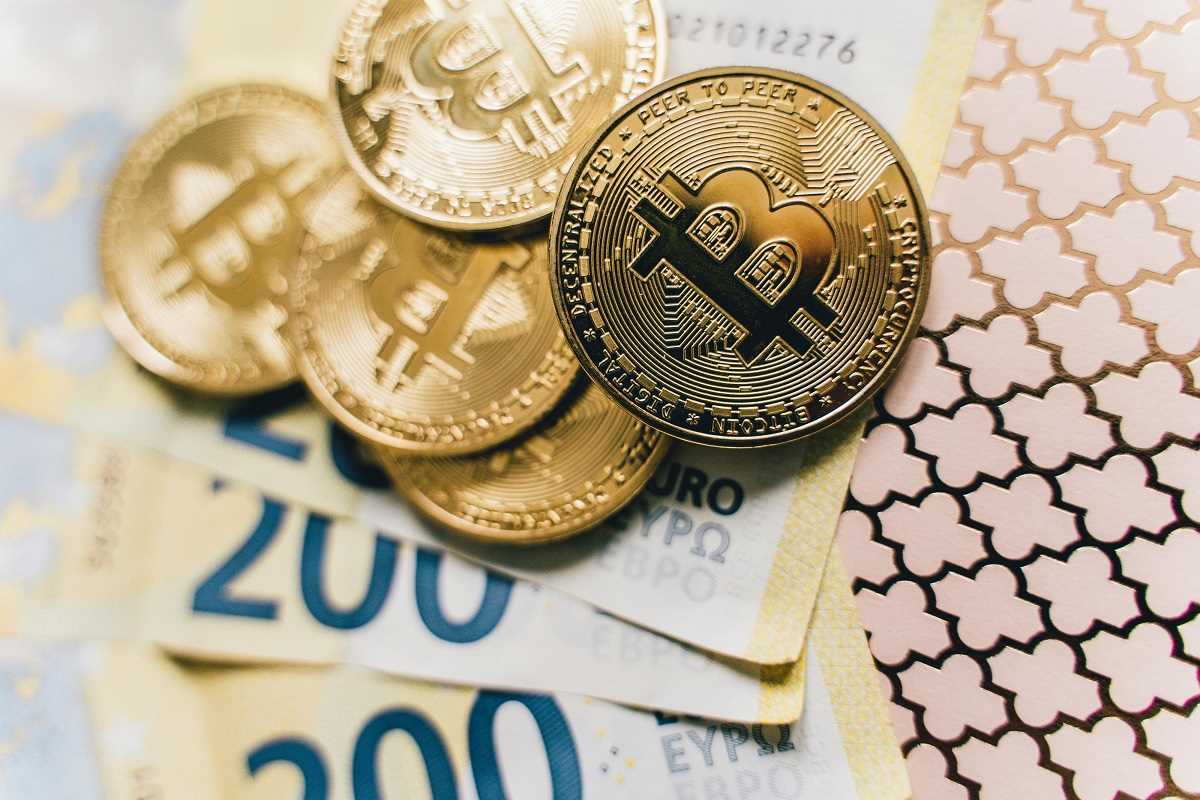What if your bank wasn’t a bank at all? No lines, no fees for “dumb” stuff like maintaining a minimum balance, and no middlemen breathing down your neck to approve loans. Welcome to the world of decentralized finance, or DeFi, a revolutionary approach that’s reshaping how we think about money, investing, and banking as a whole. It might sound straight out of a sci-fi movie, but it’s real—and it’s making waves.
What is DeFi and How Is It Different?
DeFi stands for “decentralized finance,” and it’s all about creating a financial system that isn’t controlled by big banks or financial institutions. Think of it as the rebellious cousin of traditional banking. Instead of relying on intermediaries like banks, credit card companies, or payment processors, DeFi uses blockchain technology to run things. It puts the power directly in the hands of individuals.
Wait, blockchain? Yep, that’s the same tech behind cryptocurrencies like Bitcoin and Ethereum. Basically, a blockchain is like a super secure, digital ledger that everyone in a network can access—but no one can tamper with. Transactions get verified by the network, not a central authority like a bank.
Here’s the big difference between traditional banking and DeFi in a nutshell:
- Traditional Banking: Centralized, meaning banks call the shots. They decide who gets loans, charge fees, and act as gatekeepers to your money.
- Decentralized Finance: Open and permissionless. No gatekeepers are deciding what you can or can’t do with your money. Anyone with an internet connection can participate.
Why is DeFi a Big Deal?
Okay, so DeFi flips the banking world on its head, but why does it matter? Because it comes with some seriously cool benefits. Here’s why people are freaking out (in a good way) about DeFi:
1. Accessibility for Everyone
If you’ve got an internet connection, you’re good to go. That’s the beauty of DeFi—you don’t need to live near a bank, have a perfect credit score, or jump through hoops to use financial services. This is especially huge for people in underserved or remote areas where access to traditional banks is slim to none.
Imagine a farmer in a small village who can now use a smartphone to get a loan to buy seeds, without stepping into a bank or proving complicated paperwork. DeFi makes that possible.
2. Transparency
One of the coolest parts of DeFi is how transparent it is. Remember the blockchain? Since everything happens on a public ledger, anyone can track transactions. This means no shady business or hidden fees. You can see exactly where your money is going and how it’s being used.
Compare that to banks where, let’s face it, half the time you have no idea what’s going on behind the scenes. With DeFi, the motto is “what you see is what you get.”
3. Lower Costs
Banks love to charge fees—for transferring money, for keeping an account open, for withdrawing cash, and sometimes just for existing. DeFi wipes many of those costs out because there are no middlemen. The tech runs the show, which means fewer people taking a cut of the pie. This makes DeFi much more affordable for everyday users.
DeFi in Action
You might be wondering, “Okay, but what can I actually do with DeFi?” Glad you asked! Here are some of the most popular ways people are using decentralized finance today:
1. Lending and Borrowing
Platforms like Aave and Compound allow users to lend or borrow funds without needing a bank. Here’s how it works: If you have extra cryptocurrency, you can lend it out to earn interest. If you need a loan, you can borrow money by putting up some crypto as collateral.
It’s fast, easy, and often cheaper than going through a traditional bank. Plus, you don’t have to explain yourself to a loan officer!
2. Payments
Want to send money to a friend on the other side of the world? DeFi tools like stablecoins (digital currencies tied to regular money like USD) make it quick and cheap, avoiding the high fees charged by companies like Western Union or PayPal.
3. Investing and Trading
DeFi makes it ridiculously simple to invest or trade cryptocurrencies. Platforms like Uniswap and PancakeSwap allow you to trade assets directly with other users, no brokers involved. You can even participate in “staking,” where you lock up your crypto for a set time in exchange for rewards—kind of like earning interest by keeping money in a savings account.
4. Savings Accounts
DeFi savings accounts offer way better interest rates than traditional banks. For example, with platforms like Yearn.Finance, users can earn returns as high as 8–10%—compare that to your local bank’s measly 0.01%.
It's Not All Sunshine and Rainbows
As amazing as DeFi sounds, there are some risks and challenges to consider before diving in. Like anything new and exciting, it has its fair share of bumps in the road.
1. Security Concerns
DeFi platforms are tech-driven, which makes them an attractive target for hackers. Smart contracts (the pieces of code that automate actions on blockchain) can sometimes have bugs that bad actors exploit to steal funds.
And since there’s no central authority, if your money gets hacked or lost, it’s gone for good—there’s no customer service line to call.
2. Regulatory Issues
Governments don’t quite know what to do with DeFi yet. Rules differ from country to country, and some governments are starting to crack down on DeFi platforms. The lack of clear regulations can make things uncertain for users and businesses alike.
3. Complexity
If you’re not a tech enthusiast, DeFi can be overwhelming at first. Terms like “yield farming” and “liquidity pools” sound as confusing as calculus. The user experience is improving, but for now, there’s still a learning curve.
4. Volatility
Because DeFi often relies on cryptocurrencies, the value of your investments can swing wildly within hours. If you’re not careful, you could lose money just as easily as you make it.
The Future of Banking?
DeFi isn’t going to kill traditional banks tomorrow—but it’s definitely putting pressure on them to evolve. Banks are already exploring ways to integrate blockchain-inspired systems into their operations. But as more people learn about and adopt DeFi, it could force banks to cut fees, increase transparency, and improve services just to stay relevant.
Imagine a world where sending money abroad takes seconds and costs pennies, or where anyone, anywhere, can access loans without needing good credit or an impressive income. DeFi has the potential to make that world a reality. It might even help close the economic gap between rich and poor by making financial tools accessible to everyone—even those who’ve been left out of the system for too long.
How to Get Started with DeFi
If you’re curious about trying DeFi yourself, start small. Research platforms like Aave, Uniswap, or MetaMask to get a feel for how they work. Experiment with just a little money at first, so you don’t risk more than you can lose.
And most importantly, stay informed. This space is evolving fast, and the more you know, the better prepared you’ll be.
Decentralized finance is more than just a cool trend—it’s a movement toward a fairer and more inclusive financial system. It won’t replace traditional banks overnight, but it’s already changing how we interact with money.
Sure, there’s still work to be done—especially when it comes to security and regulations. But as DeFi grows and matures, it’s clear that it has the potential to shake up the world of finance in the best way possible. The future of banking? It just might be decentralized.
 (Image via
(Image via





